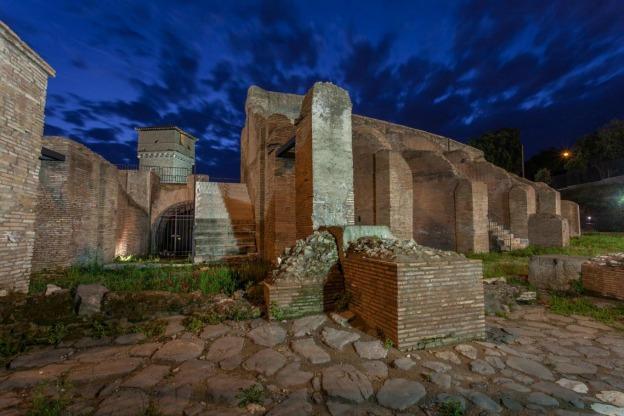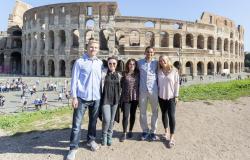The Circus Maximus, the largest stadium in ancient Rome, has reopened to the public after undergoing major restoration that took seven years to complete.
Visitors can now access the remains of the 2,800-year-old archeological site, one of the ancient world's biggest public entertainment venues, especially popular for chariot races.
People will be able to walk along the galleries that led to the tiers where senators and plebeians used to sit to watch public games, executions and triumphal processions. They will retrace their steps along the paved road uncovered during the excavations, which features a large trough with travertine slabs. Along the road, it is possible to see the remains of the tabernae, or shops, set up to meet the needs of the large audiences: inns, grocery stores, brothels, laundries, and even money betting shops for the horse races.
The foundations of the Arch of Titus, one of the largest triumphal arches of Rome, were unearthed during the excavations and can also be seen; as well as the medieval Torre della Moletta, which visitors can now access through an internal staircase leading up to a panoramic terrace affording a great view of the archeological site in its entirety, giving a good idea of its dimensions.
Located in the valley between the Aventine and Palatine hills, the Circus Maximus was the first and largest stadium in ancient Rome; it was 600 meters long and 140 meters wide and could accommodate more than 150,000 spectators.
“This is one of the most important monuments of ancient Rome,” said Claudio Parisi Presicce, Rome's superintendent for cultural heritage. “It represents 2,800 years of history, from the age of Romulus to the present day.”
Access to the Circus Maximus is from Piazza di Porta Capena. Open Tuesday to Sunday from 10 am to 4 (last access at 3 pm) until Dec. 11; from December 12, open on Saturdays and Sundays from 10 am to 4 pm (last access at 3 pm), and from Tuesday to Friday only by appointment by calling 060608.








